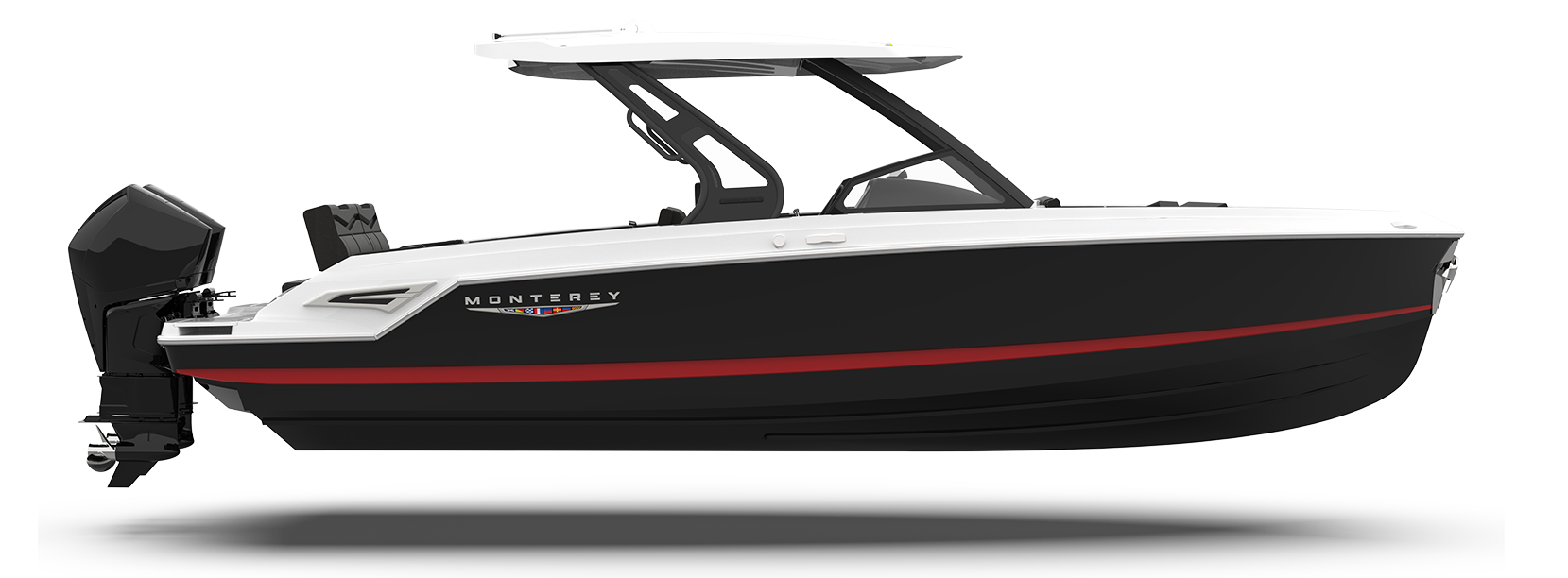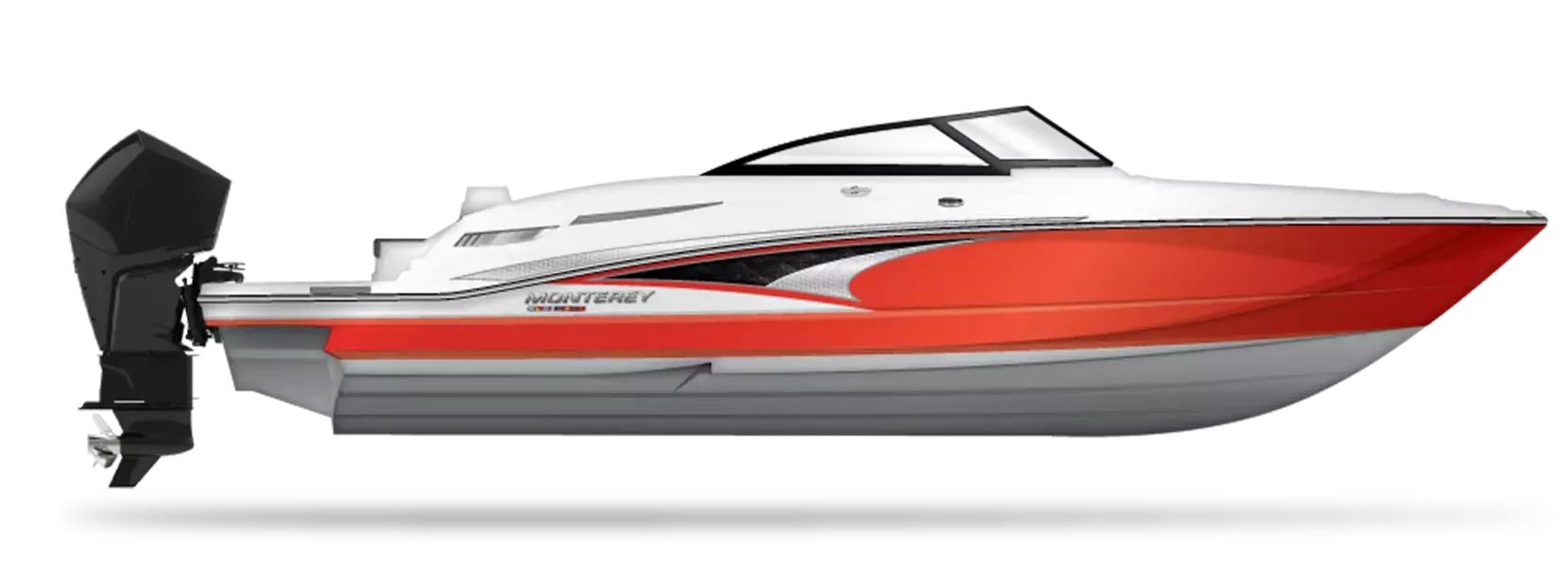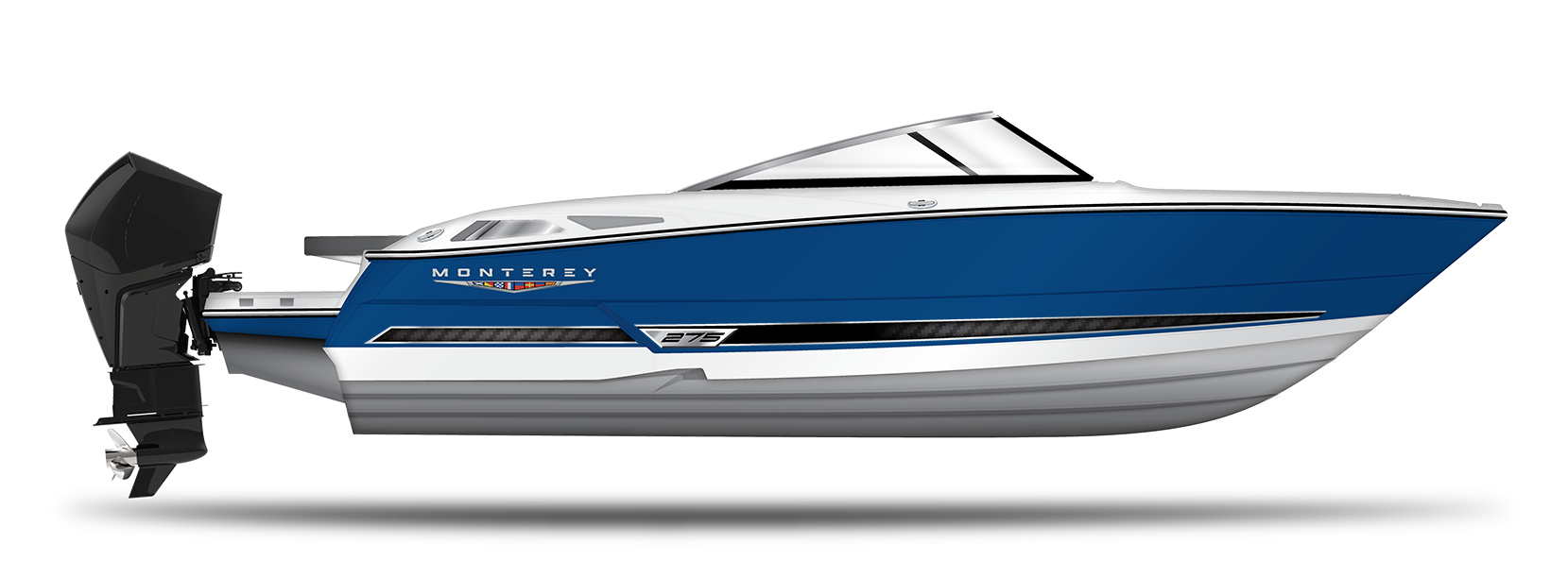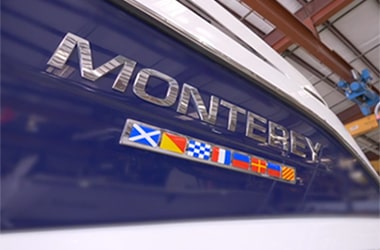Understanding Mirages
For boaters, the sight of water on a hot day is a much welcome sign of relief and enjoyment soon to be had… but why do we sometimes see that water, on land? In today’s blog, we’re talking all about mirages: the mysterious images of water, oil and other phenomena where there shouldn’t be.
A real visible phenomenon
One of the most important distinctions to make about mirages is that while they may not be real (you’re not really seeing a lake full of water in the middle of the desert), they are real phenomena that can be captured on camera. So if you see oil on the road, a puddle in the desert or any other type of mirage, you’re not hallucinating. Instead, mirages are the result of bending light rays which, when they come across cold or hot air, can produce the distorted “images” you see.
They can occur in a few different, notable ways:
Water in the desert
One of the most common mirages—one you might have experienced yourself or seen on TV—is the classic “water in the desert” mirage. This is an inferior mirage, in which the mirage of something (water) appears underneath the actual object—in this case, a blue sky. When light rays pass from the sky down to the land through air that is hotter at the surface than it is above, a distorted image of the sky may appear to look like water on the ground.
Oil on the road
If you’ve ever seen what looks like water or oil on the road while driving on a hot day, it was likely this form of inferior mirage. The same processes are in place here, but the amplified heat of the asphalt or tarmac makes conditions even more favorable for the formation of a mirage.
Cities in the sky
Last year, confused spectators in China looked up and saw what seemed to be a floating city in the clouds—but this wasn’t the first mysterious occurrence of its kind, and it, too, can be explained by the presence of a unique kind of mirage. Known as a Fata Morgana, this type of mirage occurs partly as a result of strong thermal inversion (when the surface air is actually colder than the air above it). This type of mirage can make it seem like boats or other objects are eerily floating above the horizon. It might be able to explain some of the scary ship stories we know and love, too.
The next time you see a mirage—whether you’re on land or cruising on your Monterey—remember… it’s all a trick of the light!
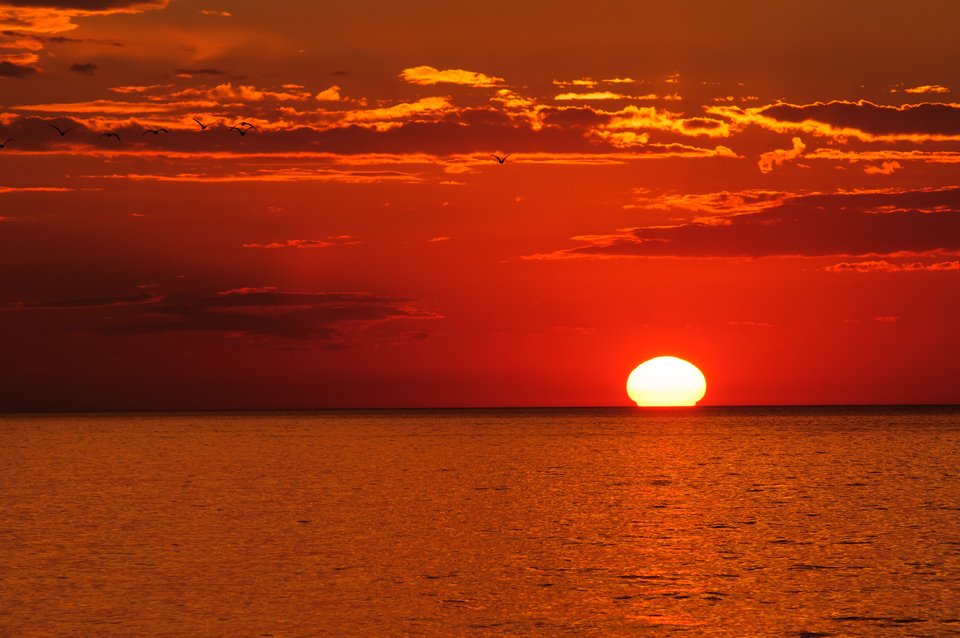
Bookmark & Share
User Comments
Be the first to comment on this post below!
Previous Article
Next Article


